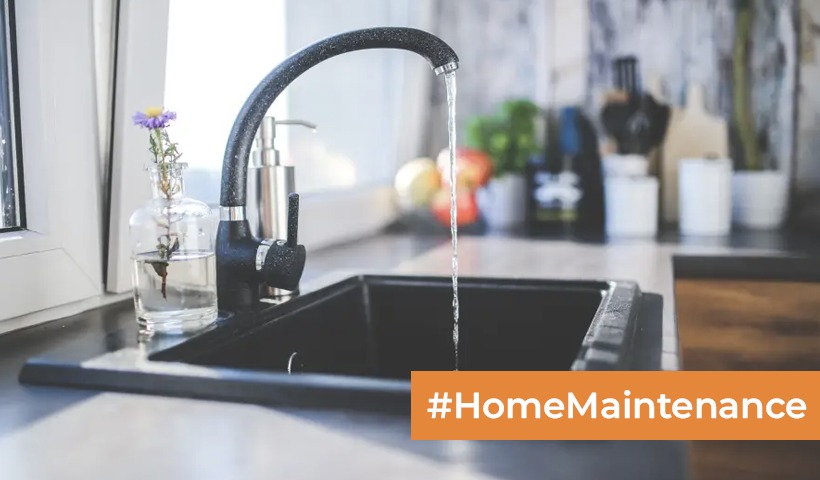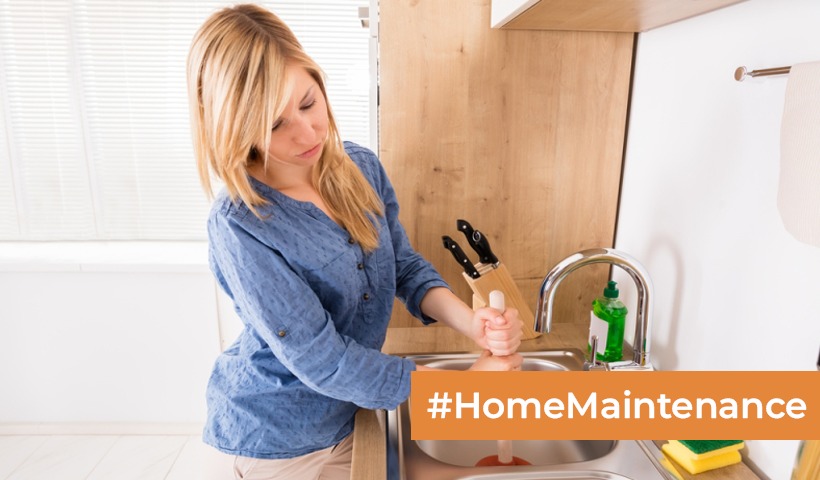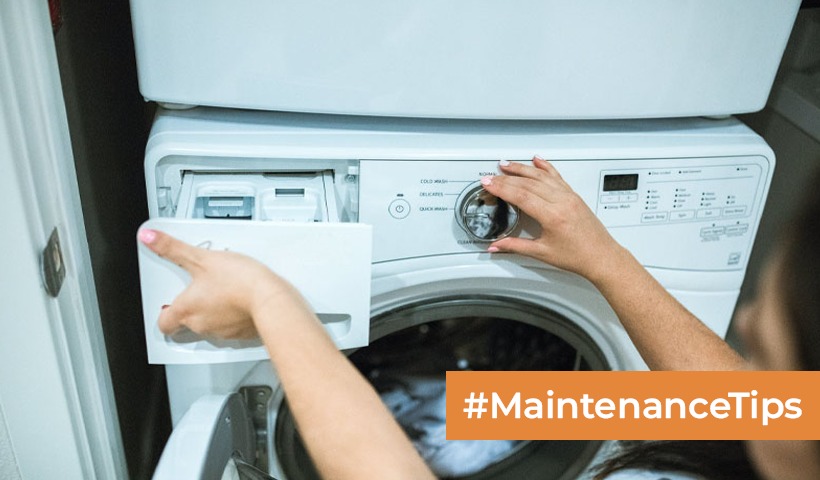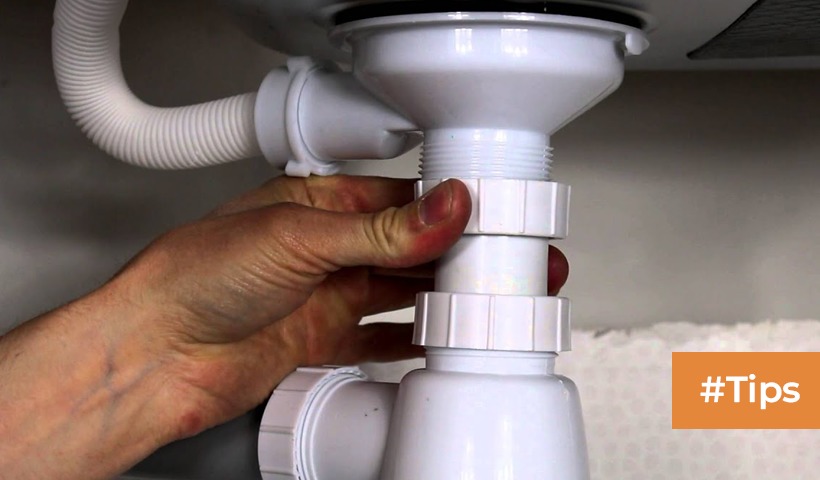Bathroom Plumbing Guide for Indian Homes: Fittings, Tools, and Common Problems
A well-functioning bathroom is essential for the comfort and convenience of any home. The plumbing system in your bathroom plays a crucial role in ensuring the proper functioning of fixtures and appliances. Whether you’re planning a new bathroom or dealing with plumbing issues in an existing one, understanding the fittings, tools, and common problems related to bathroom plumbing is vital. In this comprehensive guide tailored for Indian readers, we’ll explore the key aspects of bathroom plumbing, providing valuable insights for homeowners and DIY enthusiasts.
I. Bathroom Plumbing Fittings
A. Faucets and Taps
- Types of Faucets:
- Single-handle faucets: Common in modern bathrooms, these faucets control both hot and cold water with a single handle.
- Double-handle faucets: Found in traditional setups, these faucets have separate handles for hot and cold water.
- Materials:
- Choose corrosion-resistant materials like brass or stainless steel for longevity.
- Chrome-plated faucets are popular for their aesthetic appeal and ease of maintenance.
- Water-saving Options:
- Consider eco-friendly faucets with aerators to reduce water consumption without compromising water pressure.
B. Showers
- Showerheads:
- Wall-mounted: Standard in many bathrooms, these showerheads are fixed to the wall.
- Handheld: Provide flexibility for targeted water flow and are convenient for cleaning.
- Pressure and Flow:
- Install pressure-balancing valves to maintain consistent water temperature, especially in multi-story buildings.
- Water Heater Compatibility:
- Choose a showerhead compatible with your water heater type, whether it’s instant or storage.
C. Toilets
- Types of Toilets:
- One-piece toilets: Seamless design with the bowl and tank integrated.
- Two-piece toilets: Separate bowl and tank, allowing for easier installation.
- Flush Mechanisms:
- Gravity flush: Common and reliable.
- Pressure-assisted flush: More powerful, suitable for high-traffic bathrooms.
- Water-saving Features:
- Opt for dual-flush toilets that allow users to choose between a full and partial flush, conserving water.
D. Basins and Sinks
- Materials:
- Ceramic: Durable and easy to clean, commonly used for basins.
- Stainless steel: Ideal for kitchen sinks, resistant to corrosion.
- Installation Types:
- Top-mount: Installed from above the counter.
- Undermount: Mounted beneath the counter for a sleek look.
- Drainage System:
- Install pop-up drains for easy operation and maintenance.
II. Essential Bathroom Plumbing Tools
A. Plunger
- Types:
- Cup plunger: Suited for sinks and flat surfaces.
- Flange plunger: Designed for toilets with an extended rubber flap.
- Usage:
- Use a plunger for minor clogs by creating a seal around the drain and applying pressure.
B. Pipe Wrench
- Adjustable vs. Non-adjustable:
- Adjustable wrench: Versatile for various pipe sizes.
- Non-adjustable wrench: Suitable for specific-sized pipes.
- Usage:
- Use a pipe wrench to tighten or loosen threaded pipes.
C. Pipe Cutter
- Types:
- Hacksaw-type cutter: Suitable for small pipes.
- Roller-type cutter: Ideal for larger pipes.
- Usage:
- Cut pipes cleanly and precisely during repairs or installations.
D. Plumbing Tape
- Types:
- Teflon tape: Used for sealing threaded pipe connections.
- Pipe thread sealant: Offers a stronger seal and is suitable for metal and plastic pipes.
- Usage:
- Apply tape or sealant to threaded connections to prevent leaks.
E. Plumbing Auger (Snake)
- Types:
- Hand auger: Manual and suitable for smaller clogs.
- Power auger: Motorized for tackling more significant blockages.
- Usage:
- Clear stubborn clogs in drains and pipes beyond the reach of a plunger.
F. Plumbing Pliers
- Types:
- Tongue-and-groove pliers: Adjustable and versatile.
- Slip-joint pliers: Have multiple settings for different tasks.
- Usage:
- Grip and turn pipes, fittings, and nuts during plumbing work.
III. Common Bathroom Plumbing Problems
A. Clogged Drains
- Causes:
- Hair, soap scum, and debris: Common in shower and sink drains.
- Toilet paper and foreign objects: Main culprits for toilet clogs.
- DIY Solutions:
- Plunging: Effective for minor clogs.
- Auger (snake): Reach deeper blockages.
B. Leaky Faucets
- Causes:
- Worn-out washers or O-rings: Common in older faucets.
- Corroded valve seat: Results in persistent dripping.
- DIY Solutions:
- Replace washers and O-rings: Inexpensive fix for most leaks.
- Repair or replace the valve seat: A more involved process.
C. Running Toilets
- Causes (Continued):
- Faulty flapper or flush valve: Leads to continuous water flow.
- Worn-out fill valve: Results in an inconsistent water level.
- DIY Solutions:
- Adjust the float: Ensure the water level is at the recommended mark.
- Replace flapper or flush valve: Fix issues causing water to run continuously.
D. Low Water Pressure
- Causes:
- Mineral buildup in aerators: Common in faucets and showerheads.
- Partially closed shut-off valves: Limits water flow.
- DIY Solutions:
- Clean or replace aerators: Improve water flow in faucets.
- Check and open shut-off valves: Ensure they are fully open for optimal pressure.
E. Leaking Pipes
- Causes:
- Corrosion or rust: Common in older pipes.
- Joint or connection issues: Improperly sealed connections.
- DIY Solutions:
- Temporary patch: Use pipe repair clamps for immediate fixes.
- Permanent fix: Replace damaged sections of pipe or joints.
F. Water Heater Issues
- Causes:
- Sediment buildup: Reduces heating efficiency.
- Faulty thermostat or heating element: Leads to inconsistent water temperature.
- DIY Solutions:
- Flush the tank: Remove sediment for improved efficiency.
- Replace thermostat or heating element: Address issues affecting water temperature.
G. Condensation on Pipes
- Causes:
- High humidity: Common in tropical climates.
- Poor insulation: Cold pipes meeting warm air cause condensation.
- DIY Solutions:
- Insulate pipes: Prevent temperature differences and reduce condensation.
- Use a dehumidifier: Control indoor humidity levels.
IV. Plumbing Maintenance Tips
A. Regular Inspections
- Visual Checks:
- Periodically inspect visible plumbing components for leaks, rust, or corrosion.
- Water Pressure Test:
- Check water pressure regularly to identify potential issues early on.
B. Preventive Cleaning
- Drain Maintenance:
- Use drain guards to prevent hair and debris from clogging drains.
- Aerator Cleaning:
- Clean faucet aerators and showerheads to remove mineral deposits.
C. Temperature Regulation
- Water Heater Settings:
- Set water heater temperatures to a safe yet efficient level.
- Seasonal Adjustments:
- Adjust water heater settings based on seasonal temperature changes.
D. Insulation and Protection
- Pipe Insulation:
- Insulate pipes in colder regions to prevent freezing and subsequent bursts.
- Exterior Pipe Protection:
- Shield exterior pipes from direct sunlight and extreme weather conditions.
E. Professional Check-ups
- Annual Plumbing Inspection:
- Schedule a professional inspection annually to detect potential issues.
- Timely Repairs:
- Address minor problems promptly before they escalate.
Understanding the intricacies of bathroom plumbing is crucial for maintaining a functional and efficient home. By familiarizing yourself with the various fittings, tools, and potential problems, you can approach renovations and repairs with confidence. Regular maintenance, DIY troubleshooting, and timely professional interventions ensure that your bathroom plumbing system remains in top-notch condition, providing comfort and convenience to your household. Remember, a proactive approach to plumbing care not only saves you from unexpected expenses but also contributes to the longevity and sustainability of your home’s essential infrastructure.




